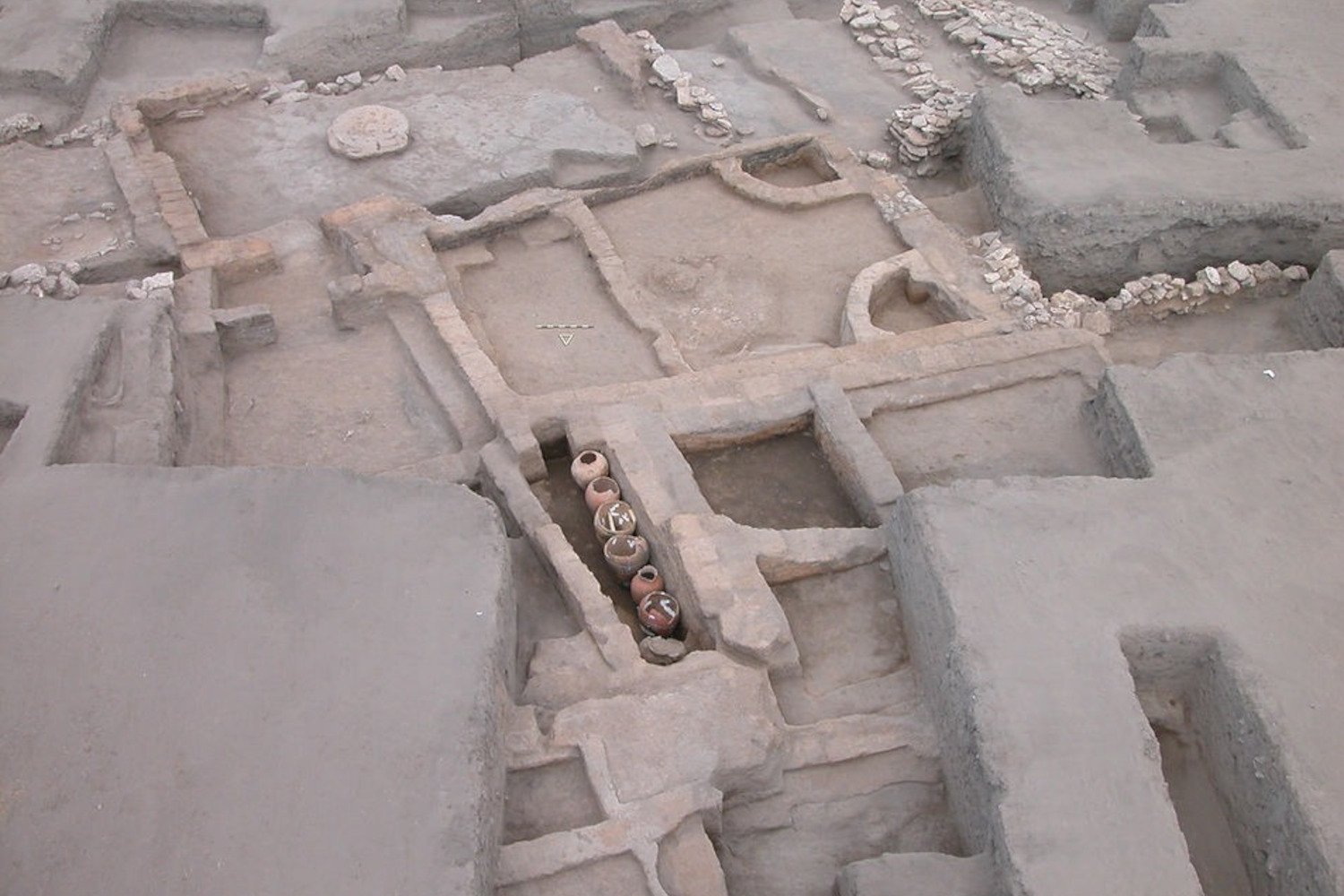Ancient Bread Recipe Rediscovered in Turkey
Archaeologists in Turkey have uncovered a 5,000-year-old bread recipe, and the local bakery that recreated it is struggling to meet the high demand. The ancient bread was discovered in September 2024 during an excavation at Kulluoba Hoyuk, a Bronze Age settlement in central Turkey.
The remarkably well-preserved bread has been on display at the Eskişehir Archaeological Museum since March 28. According to Murat Turkteki, the archaeologist and director of the excavation, “This is the oldest baked bread to have come to light during an excavation, and it has largely preserved its shape.” Turkteki made this statement in an interview with AFP.
Analysis of the ancient bread revealed that it was made from coarsely ground emmer flour, an ancient wheat variety, as well as lentil seeds and a plant leaf used as a natural leavening agent. The bread is flat and disc-shaped, measuring about 5 inches (12.7 centimeters) in diameter.
Local officials approached Halk Ekmek, a bakery in Eskisehir, to recreate the ancient recipe. Since emmer seeds are no longer available in Turkey, the bakers used Kavilca wheat, a closely related variety, along with bulgur and lentils to approximate the original ingredients.
The recreated bread has been a huge success, with the first batch selling out within hours. The bakery has been selling around 300 loaves of “Kulluoba bread” daily ever since, at a subsidized price of 50 Turkish lira (approximately $1.30).
The bread’s use of drought-resistant crops has also garnered attention from archaeologists and local officials. Currently, Turkey cultivates water-intensive crops like corn and sunflowers, but Kavilca wheat is resistant to both drought and disease.
Ayse Unluce, the mayor of Eskisehir, noted, “Our ancestors are teaching us a lesson. Like them, we should be moving toward less thirsty crops.” The rediscovery of this ancient bread recipe has not only delighted foodies but also highlights the importance of sustainable farming practices.
Source Link





